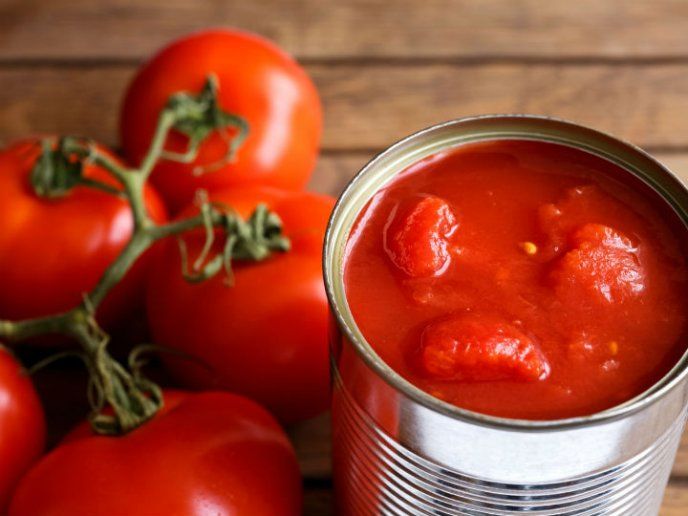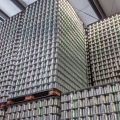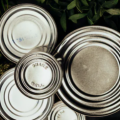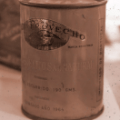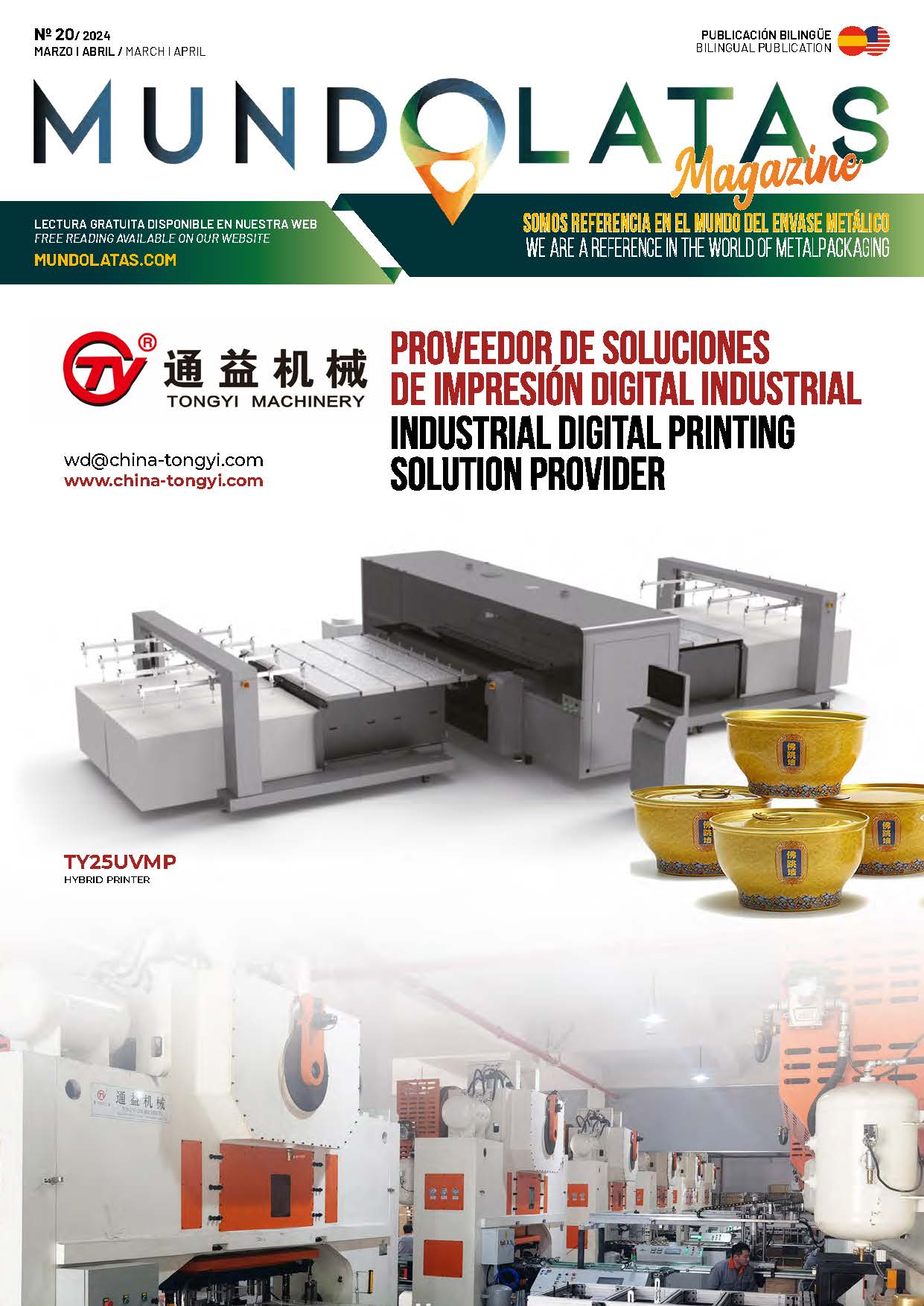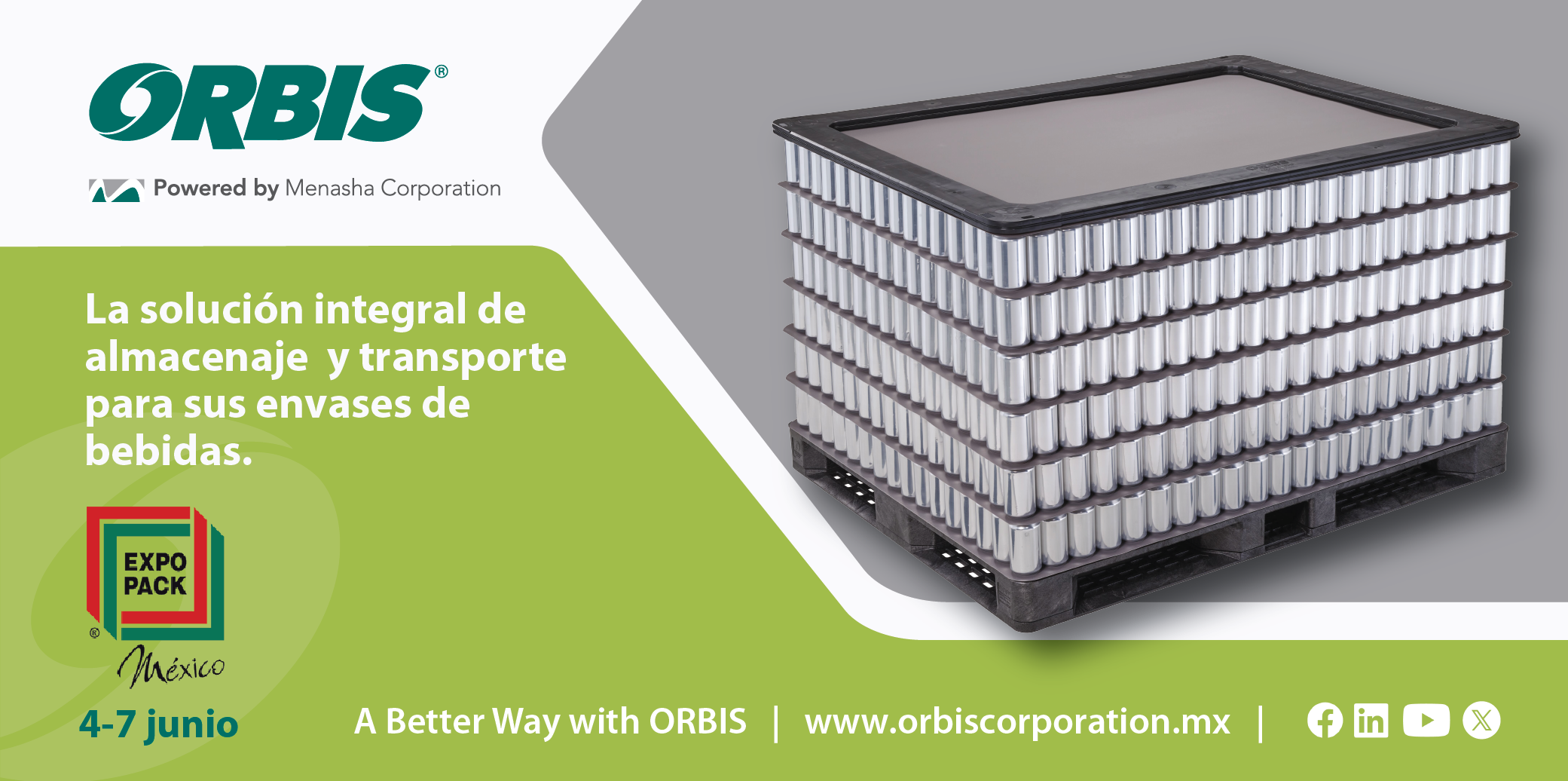Italy, as one of the world leaders in the production of canned tomatoes, mainly in metal packaging. The raw material is imported mainly from China in the form of steel coils to be transformed into cans by our companies, which are “a few large multinationals and many SMEs clustered in Emilia and between Naples and Salerno, near the tomato districts,” explains Giovanni Castelli, director of Anfima of the Industrial Association of Metal Packaging.
Demand for cans has been absorbed by China, which recovered its economy after covid-19 much earlier than the rest of the world. This means that steel suppliers from India, such as Tata Steel, but also from Italy, such as Ilva, cannot deliver immediately to their Italian customers, says Castelli.
“In just a few months, the price of coils has gone from $400 to over $1,000 per tonne,” says Natasha Linhart, managing director of Bolognese company Atlante, which sits at the centre of the supply chain. Atlante sources “Made in Italy” products for giants such as Sainsbury’s and Migros, while importing from the rest of the world for Italian food retail chains. “At the end of 2020 beer suppliers started cutting back on smaller brands, due to the shortage of cans. But for the food industry it’s a serious emergency,” he adds, warning of the risk of “letting tomatoes rot in the fields”.
As in other industries, a perfect storm is brewing in the can industry. Steel mills have cut production due to Covid in reaction to the sharp drop in demand from the automotive industry. But some consumer goods have skyrocketed.
Most households have stocked up on canned food and stocks of canning material are depleted. When the economy picked up again, manufacturers of semi-finished products were unable to keep pace with the increase in demand. “It takes two years to upgrade production lines,” Linhart says. Dependence on foreign imports is very important, as pointed out by the trade unions, which are pressing for the former Ilva of Genoa to invest in increasing tinplate production from the current 100,000 tonnes, compared to a national demand of 800,000 tonnes. If this dynamic is combined with the increase in transport costs and the fact that the holders of the raw material have started to hoard it for themselves, the price increase is easily explained. “Tinplate accounts for 60-65% of the cost of the can,” says Castelli. “On a pound can, that’s a 3 cent increase, which is a lot for a product that costs so little,” Linhart says. With the harvest season approaching, the real threat is a shortage of tinplate and that deliveries from abroad will be reduced, delayed or made conditional on acceptance of cost increases.
“The problem exists and we are monitoring it,” says Giovanni De Angelis, director of Anicav, the canners’ association, “because it affects an industry that fills 3.5 billion cans of tomatoes every year.” The largest canmakers “plan production in advance, but there are some more flexible companies that could run into problems”. It is not yet clear whether the shortage of cans will jeopardise the season, adds De Angelis: “The only certainty is that the rising cost of steel, with the rising cost of labels, cartons and plastic, will affect the cost of the finished products”. The problem “could be exacerbated by the production surplus that was agreed with farmers to replenish depleted stocks in 2020,” argues Lorenzo Bazzana, economic director of Coldiretti. And some are already predicting the next victims of the canning crisis: fruit in syrup and, later on, pulses.

